Under its shed, freedom was conceived
Many people in Entebbe and surrounding areas may not know the real essence of Entebbe Freedom Tree located in the heart of Entebbe town, although it is one of the remaining historical symbols that Uganda should take pride in, as we mark the jubilee celebrations on Tuesday.
An impromptu visit at the site shows that although Entebbe Municipal authorities fenced it off to protect it. People sneak in and cattle and goats feed on the grass that surrounds the tree.
A quick talk to people within Entebbe town on what the tree stands for and why it’s preserved amid the escalating demand for timber may not get you an answer until you visit very old citizens who have been in Entebbe before and during independence to explain the great importance historians attach to the tree.
Abner- Ner Ssenditta Kiryowa, 81, a senior resident of Katabi about 3kms from Entebbe town came to Entebbe in 1952 to take on his role as a draftsman in the drawing office Geological survey department Ministry of water and Mineral resources.
“No one planted it. It emerged from the elephant grass jungle that filled that whole place,” he narrates. “There was a cinema hall where we would go to watch movies and an Asian sports ground where Asian civil servants used play various games like Hockey, Rugby, handball, among others, the rest of the place was a jungle. All the Africans, whites, Asians and Sikhs (singa singa) had their different schedules to watch movies.”
Out of the jungle
He remembers that Entebbe was the capital city and was where all government ministries were located. It was also the home to most African elites who were employed in the government ministries.
“Accommodation was designed differently according to races, with Europeans residing at Bugonga village and part of Central Entebbe near the government house (State house) while Goans and Asians lived in moderately developed villages of Post Office, Kirimambonga, part of central Entebbe opposite Entebbe police and the hospital. Sikhs lived in Lunyo after Medical Stores and Nakiwogo road while Africans lived in the less developed quarters of Manyago and Katabi,” Kiryowa, who is also a church elder at Entebbe Seventh Day Adventist church, says.
The Europeans set up Chadwick Namate Primary School opposite a school for Asians. This prompted them to clear the jungle below the Asian playground, thus making the freedom tree visible, however no importance was attached to it.
The call to freedom
When political parties started emerging in the 1950s by retired civil servants, they converged in Entebbe which had elites who would easily understand their cause.
They then identified the Freedom Tree as a good shade for holding political rallies because it was strategically located at the border of the African village of Namate and near Katabi and Manyango quarters, Asian villages of Kirimamboga and European’s village of central Entebbe.
It was also along the main road attracting all African civil servants and Africans getting information for the European bosses who would want to know the deliberations.
John Baptist Lugoolobi, 88, a senior resident of Busambaga came to Entebbe in 1945 after completing his education at St Mary’s College Kisubi, to take on his role as an administrator in Ministry in Health.
He says Entebbe being the place of African élites and Europeans who were governing Uganda became the perfect place to hold the “local African Parliament” similar to the recently banned Bimeeza.
“They could ring the bell at 11.30am every Saturday and we could all ride bicycles to the freedom tree after work to listen to the exciting good news,” he remembers.
It gathered elites from African quarters, porters from Kirimamboga and Botanical gardens who worked in European and Asian homesteads as shamba boys.
It was always graced by strong freedom fighters like Jolly Joe Kiwanuka Namwatulila who formerly worked in Lands office and was born in Entebbe, Dr Muwazi and Ignatius Musazi among others.
“They could speak about the need to be liberated from hands of the Europeans, how Africans were suffering and how they could get rid of poor leadership of the British rule,” he narrates.
The tree soon became prominent and was the source of all newspapers. The gatherings made headlines for most newspapers like Njuba, Matalisi, Uganda Eyogera, Musizi and Munno among others.
It then came to be known as Kirundu tree and latter freedom tree before becoming Independence tree after Ugandans attained independence.
Spreading the roots
The politicians after seeing the Saturday “kimeeza” become successful sought of an alternative place to tap Ugandans living in Kampala. “They then identified a mango tree at a well where the current old taxi park is located,” Kiryowa tells.
He says Kampala had two mango tree shades with one located at the then African taxi park that is to day referred to as Kiyembe and the mango shade at the well where the political gatherings started to take centre stage.
“The Kampala mango shade and Entebbe Kirundu shade became freedom trees and politicians could ride bicycles from one spot to another to address the two gatherings every Saturday,” he adds.
Latter when many joined the cause, they could divide themselves with some remaining in Kampala and others going to Entebbe interchangeably. Mariam Joyce Masane Ssekakoni, 88, another senior resident in Kiwafu East came to Entebbe in 1947 after being enrolled as a teacher at the European Chadwick Namate Primary School.
Though she was not active in attending the political gatherings because of the then norms that victimised women, her husband did not miss the rallies and also came to know the tree as the Freedom Tree.
“Even after independence, it become a place where politicians could hold political rallies thinking that would win them elections basing on the earlier independence experience,” she recalls.
Unsung hero?
Although the tree has not been cut down, the land surrounding it has been developed and the tree fenced off in a small enclosure with short metallic poles painted with white colour which cannot depict its great importance. Its neighbours are Entebbe Total fuel station on the right and Umeme Power Distribution station on the left. It’s also bordered by old Entebbe-Kampala road nowadays Portal Road and new Entebbe Kampala highway in the south and north.
With the country marking its 50th anniversary, such sites need to be given special attention and their importance documented for future generations.
=========================================
Planning in progress
Entebbe Mayor Vincent De-Paul Kayanja believes there is need to mark Independence at the spot to create awareness of the tree’s great importance.Although he earlier had plans of partnering the private organisations to develop the place to become a tourist attraction in Entebbe, the planning team thinks it should be left intact.
Micheal Kakembo Mbwatekamwa says they want to attract advisers, put adverts on the fence of tree to generate income to help in slashing the grass around and looking after the tree.

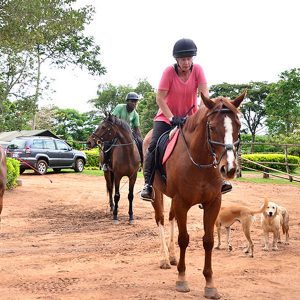

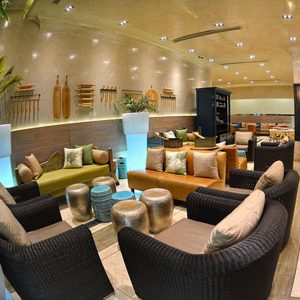
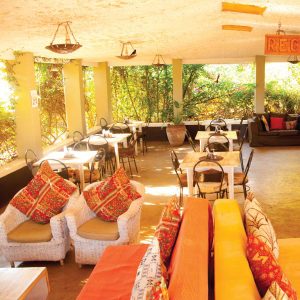
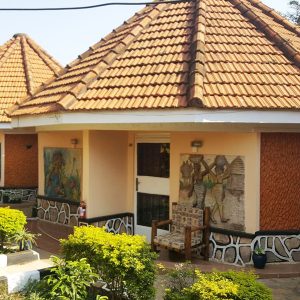
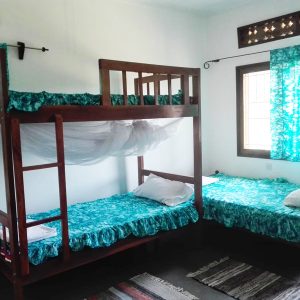
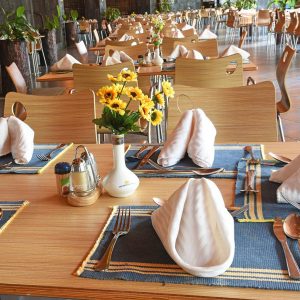
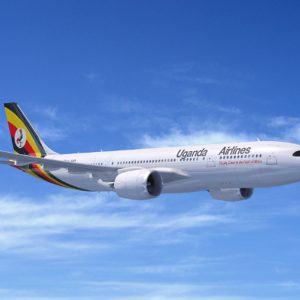
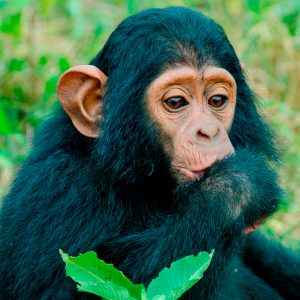















Get Social